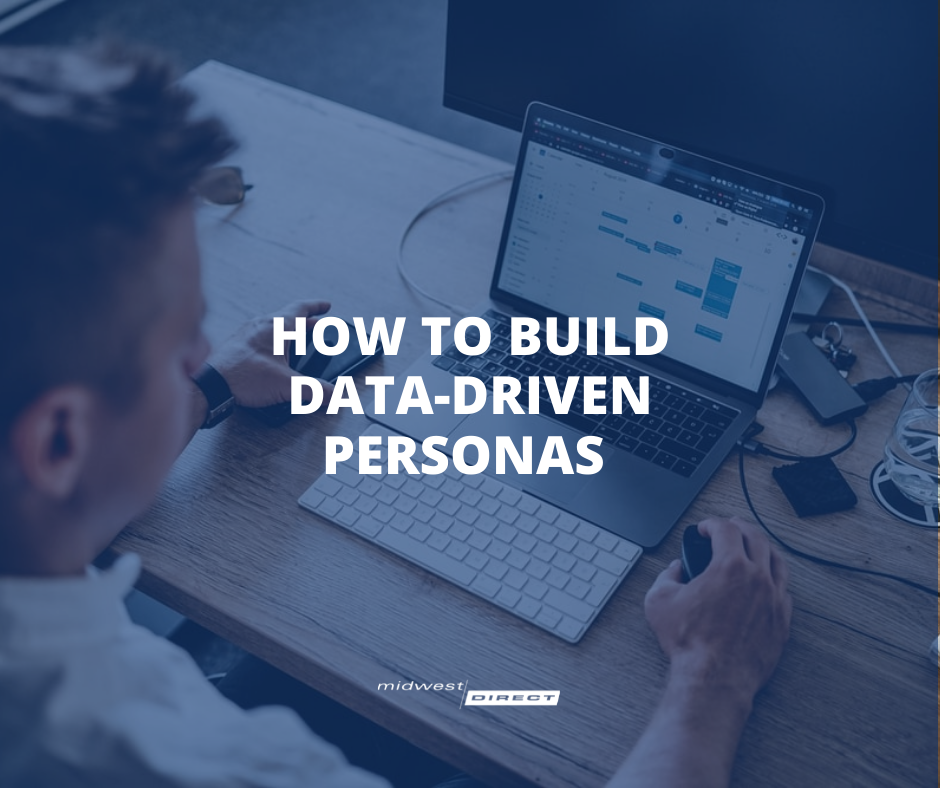How to Build Data-Driven Personas for Marketing and UX Design
Getting personas right is critical to your marketing and design efforts. Your marketing department needs to create personas to define prospects, sell more to existing customers and help the content team create content that will attract look-alike prospects to engage with your business. The UX design team needs personas to better understand the customer journey and to provide an experience that informs, engages, and converts app or site visitors.
By definition, all personas must be built using first-party data. Any other method amounts to just guessing. And your personas should be iterative. Every campaign is an opportunity to update and enrich your persona profiles.
Build Data-Driven Personas -- Not Best Guesses
In Marketing, First-Party Data Drives Personas
Data-driven personas use first-party data to understand your target audiences. This data is collected from sources like your own customer lists, as well as web analytics, digital surveys, digital panels, social media insights, social listening tools, etc. When this data is collected, you can create personas even faster than normal, and because it is in real-time, the personas are iterative.
In addition to understanding the various personas you need to attend to, this information It helps us know about the devices that are being used at each stage of the customer journey, channels where the personas are posting content, what they are talking about, the research they do to buy products, their attitudes and how it affects their buying behavior.
10 Steps to Create Data-driven Personas
- Collect extensive data on target users. If you need the help of an outsourced data management company, ask our data professionals. One of the biggest barriers to entry is having a lot of data without the ability to match it up so you can use it!
- Determine the qualities of and differences between users.
- Develop a hypothesis from the research, determining the qualities of and differences between users.
- Confirm this hypothesis with stakeholders and present the supporting data. There may be a few surprises regarding long-held beliefs about your personas.
- Name and describe each persona in 1-2 pages, including: A picture, user’s values, interests, education, lifestyle, needs, attitudes, desires, limitations, goals and behavior patterns. Be sure to include extra details about the persona (e.g., interests) – anything to make him/her more real and relevant.
- Describe several situations/scenarios showing how, when and where the persona would use your product or service – put him/her in context with business challenges they must resolve.
- Plan to test your hypothesis and be open to iterations.
- Once you are reasonably certain the personas are holding true, share them with marketers and designers to use in their work.
- Encourage business partners to develop scenarios and potential use cases for their relevant personas.
- Be open to making continuous adjustments – revisit the persona; add new features; add required new personas; discard outdated personas.
Our data professionals can help you better understand your data, what you have to work with and how to make it more meaningful, especially when creating personas. Contact us today to get started with data-driven persona building.
